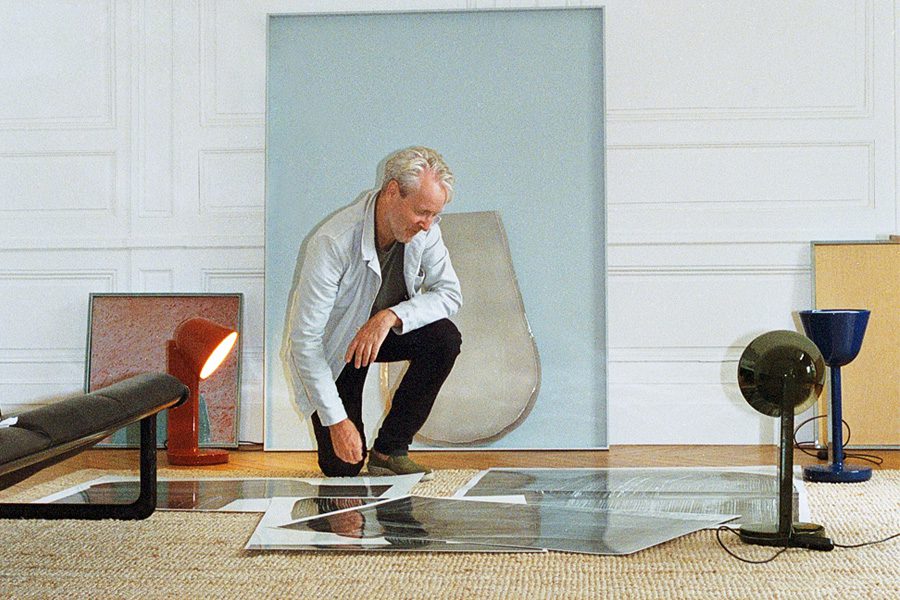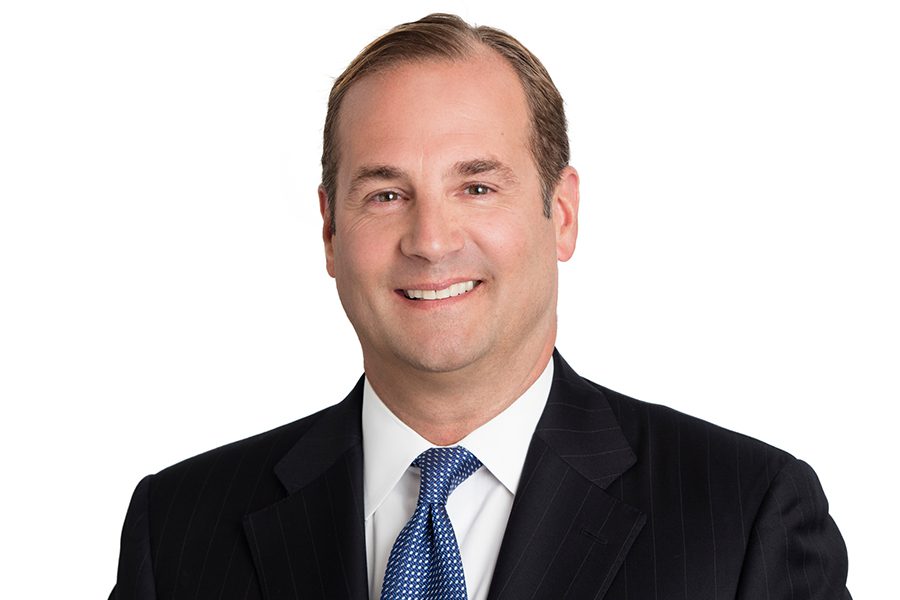The Herzog & de Meuron-designed Pérez Art Museum Miami (PAMM), named for Jorge M. Pérez, is testament to the Argentina-born chairman and CEO of the Related Group’s devotion to art and philanthropy. There is the Pérez CreARTE Grants Program, for instance (which helps expand access to the arts, supports talent through residencies and fellowships, and provides spaces for creation), as well as the newly launched civic initiative created with his wife Darlene in collaboration with the nonprofit Americans for the Arts. Through the Jorge M. Pérez Family Foundation and the Related Philanthropic Foundation, more than $700,000 of COVID-19 relief has been dispersed to organizations such as the Miami Foundation’s Community Recovery Fund, Friends of Caritas Cuba, the United Way of Miami-Dade’s Miami Pandemic Response Fund, and Miami-Dade County Public Schools. Here, Pérez discusses the joys of his adopted city, public art, and his commitment to equitable housing.
You’ve long been a philanthropist. What propelled you to take it a step further and establish your foundations?
From the start, I knew I wanted to be remembered as someone who contributed in a meaningful way to the fabric of great cities and, most importantly, helped make society a better place. My standing duty is to continuously contribute to the betterment of underserved communities, particularly in the cultural and educational sectors.

El Espacio 23, the contemporary art center Pérez opened in late 2019 in Miami’s Allapattah neighborhood
What first attracted you to Miami?
Since I arrived in South Florida almost 40 years ago, I’ve happily built both my business and my family here. I saw potential from day one. Being the gateway to the Americas, and possessing incredible natural beauty and tropical weather, I just knew it had a bright future ahead. [It’s changed from] a solely fun-in-the-sun destination to a truly global city, with world-class architecture, great art, and a robust economic engine.
Did your interest in art start as a child?
When I was a young boy, my mother would take me to the best museums in Colombia, Argentina, and Cuba, and while I didn’t know it at the time, these day trips paved the way for a lifelong passion. Today, art continues to be a strong link to my family and my culture. It reminds me where I came from, which, in turn, guides me to where I’m going. My ultimate goal is to be able to help others experience this. By opening my own art center, El Espacio 23, and by continuing to work with institutions like PAMM and the National YoungArts Foundation, I’m achieving just that.
What inspired the Jorge and Darlene Pérez Prize in Public Art & Civic Design program?
We are always looking for new ways to expose individuals across the entire economic spectrum to new ideas, philosophies, and cultures. Placing museum-quality art in public spaces has been at the center of this effort. While we integrate these types of works into our real estate projects, we wanted to expand the program and support arts professionals—both artists and administrators—who focus on public installations. We just announced the inaugural winner, Vinnie Bagwell, who is an incredible talent.

El Espacio 23, which kicked off with the exhibition “Time For Change: Art and Social Unrest,” houses some of the Jorge M. Pérez Collection
You’ve also provided grants to nonprofits that promote economic and educational parity, like Grameen America and Catalyst Miami. How can disadvantaged communities be elevated?
Inequity and social injustice are issues that I saw regularly during my youth in Cuba and Latin America, which left an irrevocable mark on my life and career. Surface-level fixes, like traditional subsidized housing, will only go so far. To drive real change, local governments will need to work with the private sector to identify and address root causes of poverty and inequality. At Related, we are using our development expertise to help rethink the way neighborhoods are built. We believe diversity and inclusion are at the heart of any thriving community; we are going to great lengths to deliver housing of the highest quality across all pricepoints, ensuring the projects bring meaningful benefits to everyone, not just those who call them home.
Can you describe one such example?
Providing individuals and their families, regardless of their socioeconomic status or background, with housing they can be proud of is one of my life’s greatest missions. As part of this promise, we’re working with local and national government partners to transform some of the nation’s most historically impoverished neighborhoods into thriving communities. Among these is our renovation of Liberty Square in Miami’s Liberty City. The project was originally built in the ’30s and in recent years had become run-down. While we’re still far from done, the first few phases in this redevelopment have been delivered and the change has been dramatic.
This article originally appeared in HD’s November 2020 issue.


